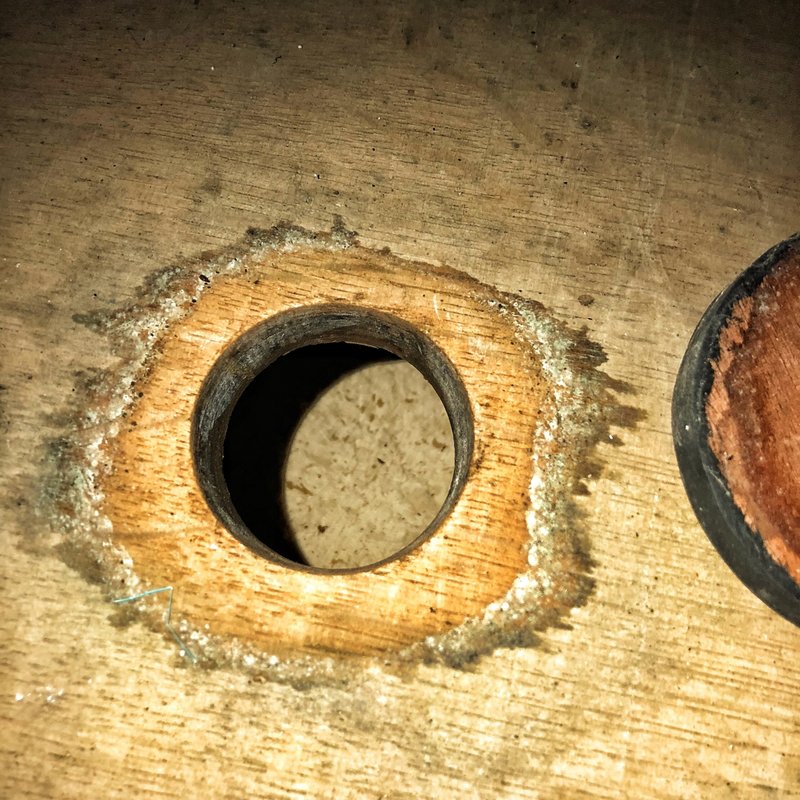Not many decades ago the formation of this whitish film and the amazing transformations it provokes in wine were something which was still shrouded in mystery and attributed to the “magic of the bodega”. Much of the classic literature on Sherry until the mid XX century talks simply about “microorganisms”, with neither a clear idea of the real identity of the protagonists of this phenomenon, nor the mechanisms by which these profound transformations in the wine affected by its presence came about.

It is known that the alcoholic fermentation by which wine, sake or beer are produced, like the production of bread or cheese, or any other process which includes fermentation, requires the involvement of yeasts in any of their multiple forms or species. In the case of the alcoholic fermentation of wine in particular, the leading role is played by Saccharomyces cerevisiae, an organism which reproduces by budding and whose genome we know in its entirety, which is hardly surprising as it has accompanied humanity since time immemorial.
That said, with respect to wine production there arises a question which we find difficult to understand: throughout the fermentation the must progressively loses its sugar content while the alcohol content progressively rises until there comes a point where the concentration of alcohol begins to become a completely hostile environment for the yeasts and they die off. So how is it posible that the veil of flor is composed of yeasts?
After the fermentation of Palomino musts the alcoholic content of the wine reaches levels of between 11° and 12.5°, too high for the normal fermentative yeasts. But our yeasts are not normal. Starting out from these alcoholic levels these very special yeasts start to reclaim their leading role developing a very different metabolism to that of their fermentative predecessors. It is no longer about transforming sugar into alcohol but about catching molecules of ethanol and combining them with oxygen and creating a new compound called acetaldehyde. They can do this for a while, at least while there remains any oxygen disolved in the wine, but after a few days the disolved oxygen is used up and they can only continue to “breathe” on the surface of the wine. This is why they rise to the surface and settle there, using another of their fundamental characteristics: buoyancy. This peculiarity allows them to rise and float on the wine´s surface which gives them access to the nutrients in the wine as well as the oxygen which they consume as part of their metabolic process. Once they have settled on the surface of the wine and, given suitable ambient conditions – basically humidity, temperature and availablility of oxygen – they immediately begin to reproduce and completely colonise the available surface of the wine in the vessels in which the fermentation took place.

The process of this formation is very progressive and only a few weeks after the end of the alcoholic fermentation we can see small floating islets which in a few days will grow until towards October the entire surface of the wine will be covered by a veil of flor. The formation of the veil of flor has an immediate effect: once the surface is completely covered the wine is isolated from any direct contact with the air, and thus protected from direct oxidation. Furthermore, the yeasts not only breathe on the wine´s surface creating a reductive environment in the vessel but also continue consuming any disolved oxygen there might be in the wine as a result of any racking which may take place. This permanent interaction with the wine has many other aspects: we have already mentioned that the flor yeasts transform ethanol and oxygen into acetaldehyde but they also consume many other elements in the wine: residual sugars, acetic acid, glycerol, proteins etc. In essence, continued contact with these yeasts will make important changes to the wine´s analytical profile and consequently to is organoleptic profile: aroma, flavour and texture. The only aspect which remains largely unaltered is its colour thanks to the protection afforded by the veil from oxidation which deepens the colour of white wines.





